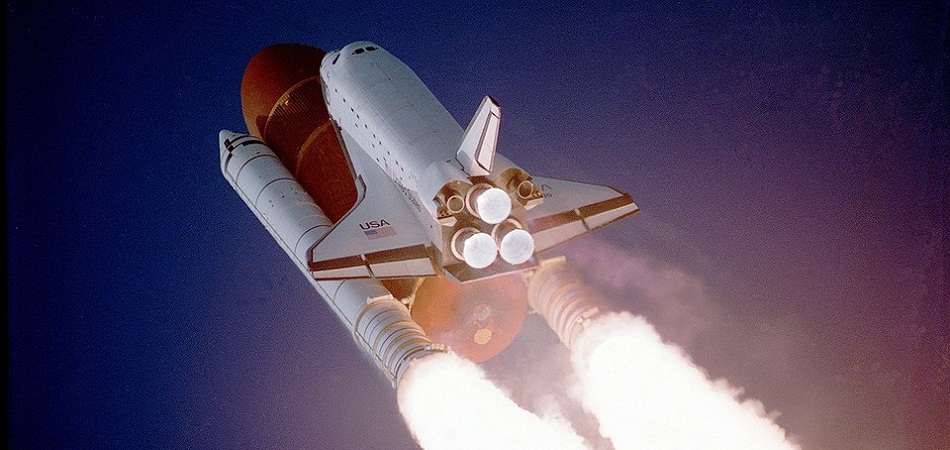Oct. 24 Update: On the evening of October 21, Chandra returned to science observations after the team successfully carried out a procedure to enable a new gyroscope configuration for the spacecraft. The team initiated a set of maneuvers to change the pointing and orientation of the spacecraft to confirm that the gyroscopes were behaving as expected. During the coming week, scientists will collect spacecraft data to fine-tune the performance for the new gyroscope configuration. As a final step, the team will uplink a software patch to apply any necessary adjustments to the on-board computer.
Oct. 15 Update: The cause of Chandra’s safe mode on October 10 has now been understood and the Operations team has successfully returned the spacecraft to its normal pointing mode. The safe mode was caused by a glitch in one of Chandra’s gyroscopes resulting in a 3-second period of bad data that in turn led the on-board computer to calculate an incorrect value for the spacecraft momentum. The erroneous momentum indication then triggered the safe mode.
The team has completed plans to switch gyroscopes and place the gyroscope that experienced the glitch in reserve. Once configured with a series of pre-tested flight software patches, the team will return Chandra to science operations which are expected to commence by the end of this week.
As we celebrate #NASA60th, we take a look back on some of our favorite images captured over the years by @NASA's Chandra X-Ray Observatory, managed by #NASAMarshall. MORE >> https://t.co/aHXzJlDUWO pic.twitter.com/QEWorz7GT7
— NASA Marshall (@NASA_Marshall) September 25, 2018
At approximately 9:55 a.m. EDT on Oct. 10, 2018, NASA’s Chandra X-ray Observatory entered safe mode, in which the observatory is put into a safe configuration, critical hardware is swapped to back-up units, the spacecraft points so that the solar panels get maximum sunlight, and the mirrors point away from the Sun. Analysis of available data indicates the transition to safe mode was normal behavior for such an event. All systems functioned as expected and the scientific instruments are safe. The cause of the safe mode transition (possibly involving a gyroscope) is under investigation, and we will post more information when it becomes available.
Chandra is 19 years old, which is well beyond the original design lifetime of 5 years. In 2001, NASA extended its lifetime to 10 years. It is now well into its extended mission and is expected to continue carrying out forefront science for many years to come.
This article was originally published at nasa.gov. The contents of the article were not edited.


